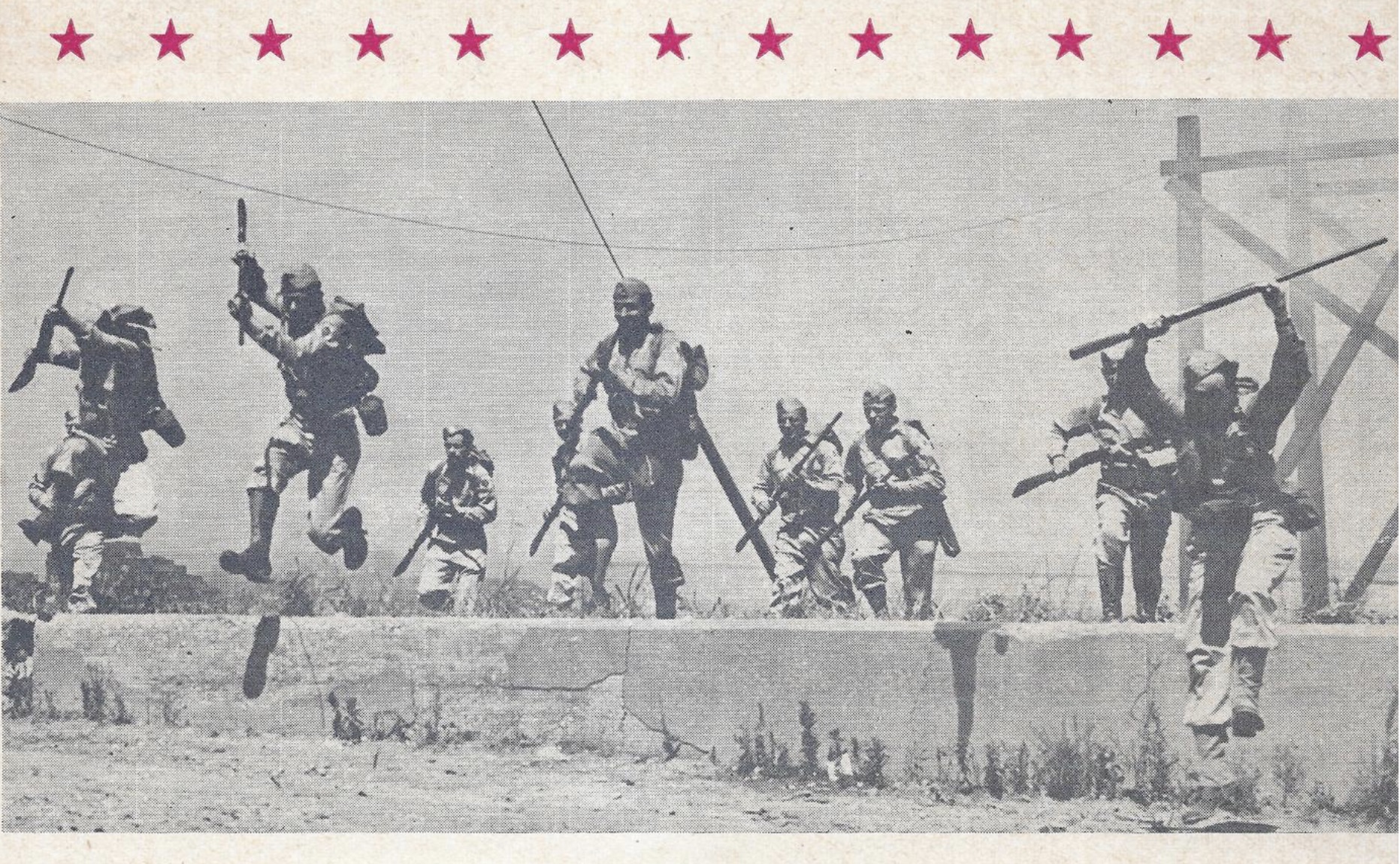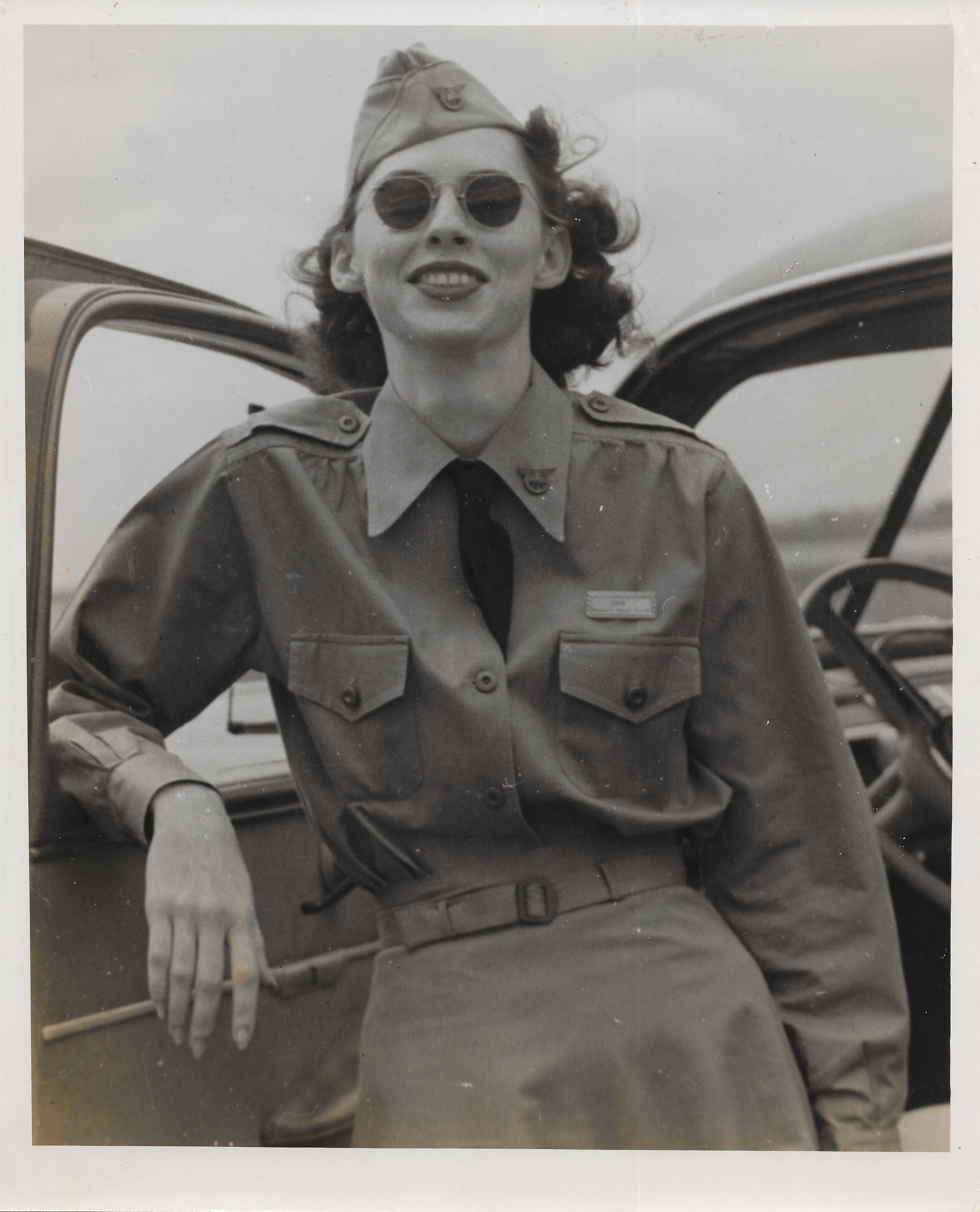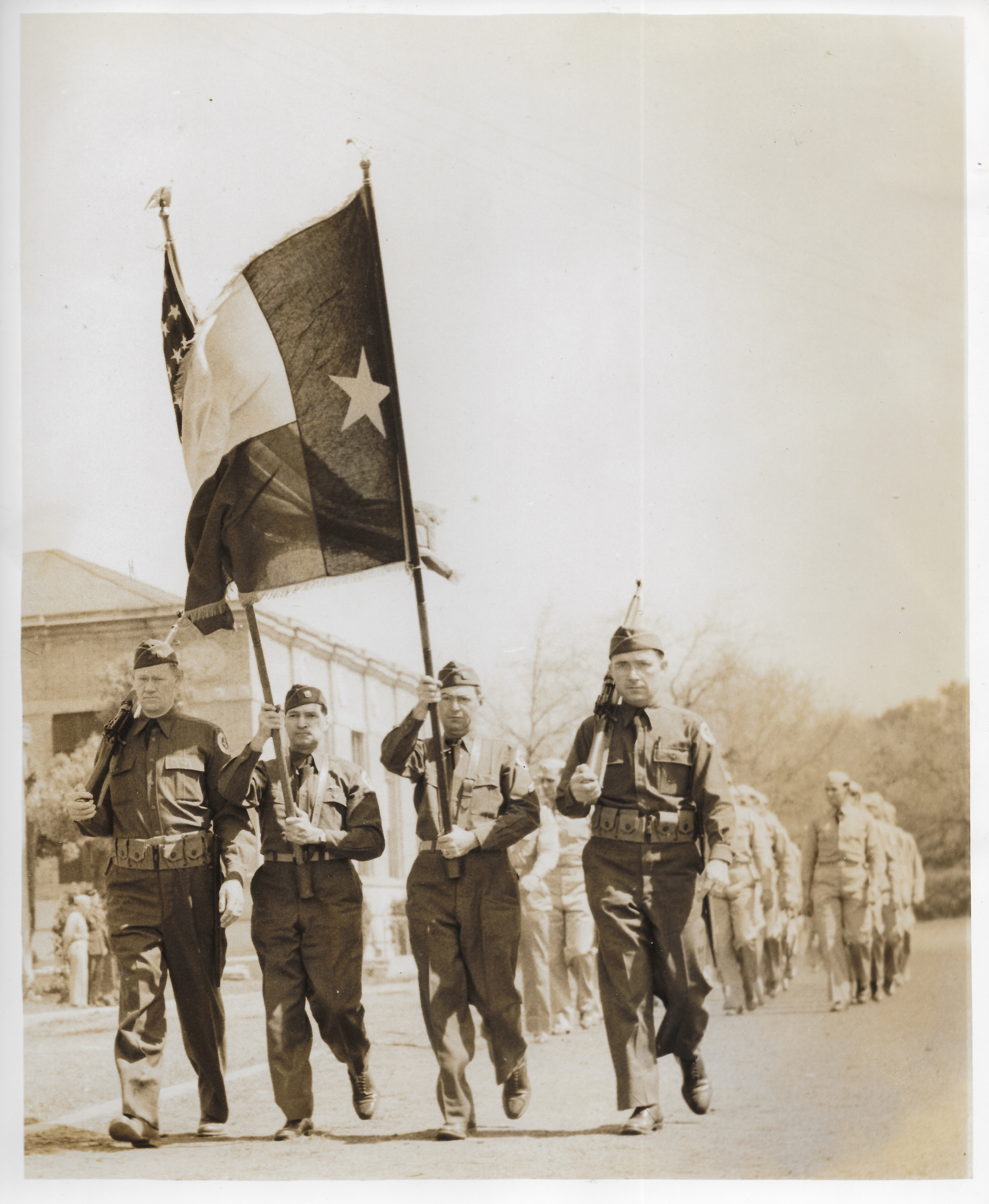Though the TXSG’s lineage dates back to the Republic of Texas era, the formal structure of what is now known as the Texas State Guard began with its founding in 1871. Initially serving as volunteer infantry and cavalry units, these units provided local security, fought in Indian campaigns, and responded to natural disasters throughout the late 19th and early 20th centuries.
From the volunteer units who fought for Texas Independence, including early militias organized by Stephen F. Austin in 1823, to the Travis Guards who defended settlers in the young Republic of Texas, the Texas State Guard (TXSG) boasts a rich legacy of protecting and serving Texans. Through the years, this legacy evolved into today’s civil affairs and disaster response missions, exemplifying the enduring motto: “Texans Serving Texas.”
The landmark Militia Act of 1903 separated militias nationwide into two distinct branches: federally-supported National Guard units and independent state militias. However, significant federal authorization for these state militias, now formally called state guards, didn't come until World War II. Following Congressional authorization under the “State Guard Amendment” to the National Defense Act on October 21, 1940, Texas established the Texas Defense Guard with the passing of the Texas Defense Guard Act (H.B. #45) on February 10, 1941. This organization quickly grew to 17,497 volunteers, outnumbering the Texas National Guard at the time.
Members initially received minimal support and largely relied on community sponsorships and civic organizations for uniforms and supplies. The War Department initially supplied rifles, but shortages during wartime necessitated their return within a year.
On May 12, 1943, the Texas Defense Guard officially became the Texas State Guard, adopting its distinctive shoulder patch in July of that year. Within a month, TXSG units were mobilized to handle civil unrest during the Beaumont Riot in June 1943. Mayor George Gary and acting Governor A. M. Aiken, Jr. mobilized nearly 1,800 guardsmen alongside the Texas Rangers and state police to restore order.


Following World War II, interest in the State Guard waned briefly until the Texas City disaster on April 16, 1947. TXSG members were again activated, assisting in rescue, security, and recovery efforts after explosions aboard two freighters devastated the city, leaving over 600 dead and thousands injured.
Despite temporarily disbanding in August 1947, the Texas Legislature quickly re-established the Texas State Guard Reserve Corps in January 1948, which later transitioned back into the modern Texas State Guard in 1965 after federal reauthorization in 1955.
Throughout the 1970s and 1980s, the TXSG primarily served as military police and infantry support aligned with the Texas Department of Public Safety districts. By 1993, a significant restructuring led to the formation of regiments with distinctive histories, colors, and unit insignias:
- 1st Regiment (Alamo Guards) established in 1885, motto: “Fidelis et constans” (faithful and constant).
- 2nd Regiment (Austin Greys) dating to 1860, motto: “Opus Perficere” (work to achieve).
- 4th Regiment (Panther City Fencibles) from 1883, motto: “Sempre Caveo” (always be aware).
- 8th Cavalry Regiment (Terry’s Texas Rangers) formed in 1861, motto: “In Ardius Fidelis” (faithful in hardship).
- 19th Cavalry Regiment (Parson’s Brigade) dating from 1862 Confederate units, motto: “Parson’s Brigade.”
- 39th Regiment (Roughnecks) with roots back to 1871 Buffalo Soldiers, motto: “Semper Defenders” (always to defend).
Recognizing evolving state needs, the TXSG expanded to include specialized units, forming the 4th Air Wing in 1996, the Medical Brigade in 2003, the Air Division and 5th Air Wing in 2006, and the Maritime Regiment that same year.
In 2020, the Texas State Guard underwent a reorganization, primarily focused on its Army Component. This involved changes in leadership and structure, with a new commander taking charge and the establishment of four Brigades across the State. The reorganization aimed to improve the State Guard's culture, strategy, and continuous improvement as a military force.
Today, the Texas State Guard continues its proud tradition of service, actively responding to state emergencies ranging from hurricanes to border security, upholding the historic promise as Texans Serving Texas.

